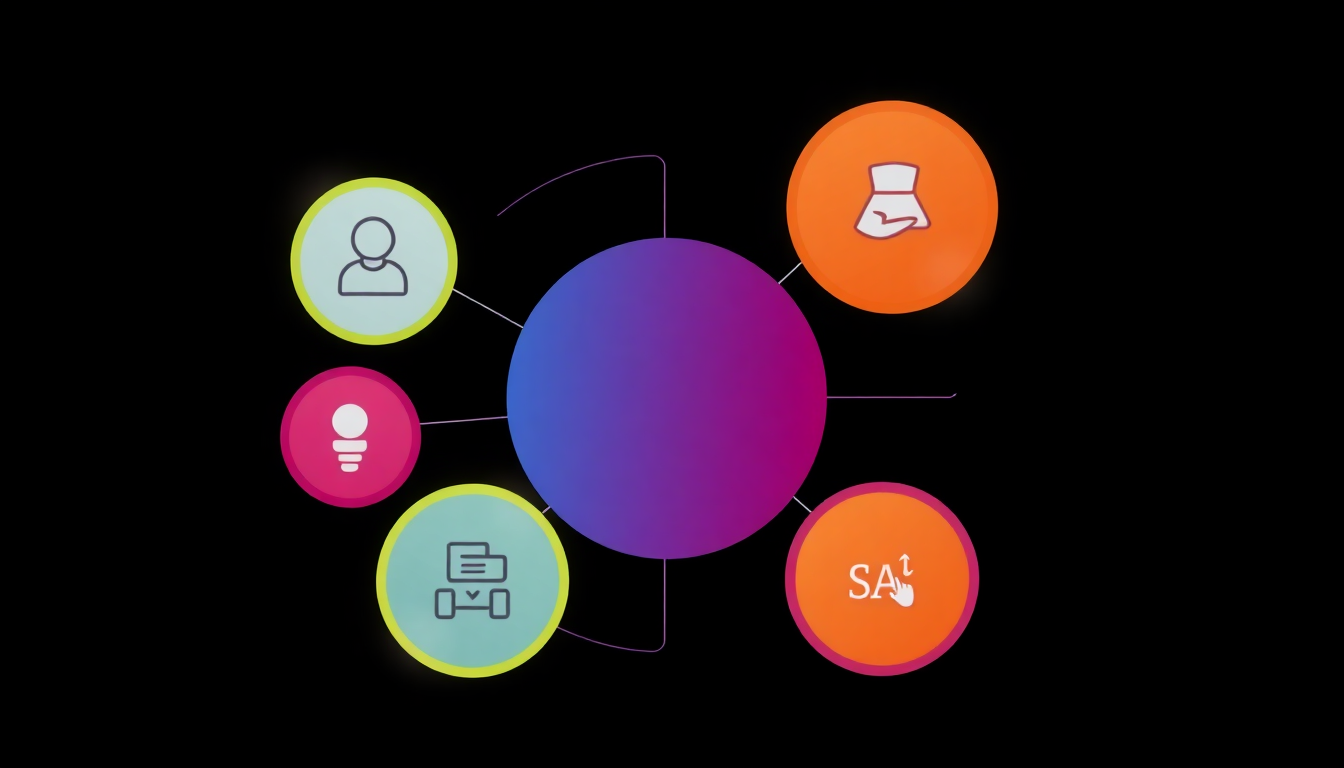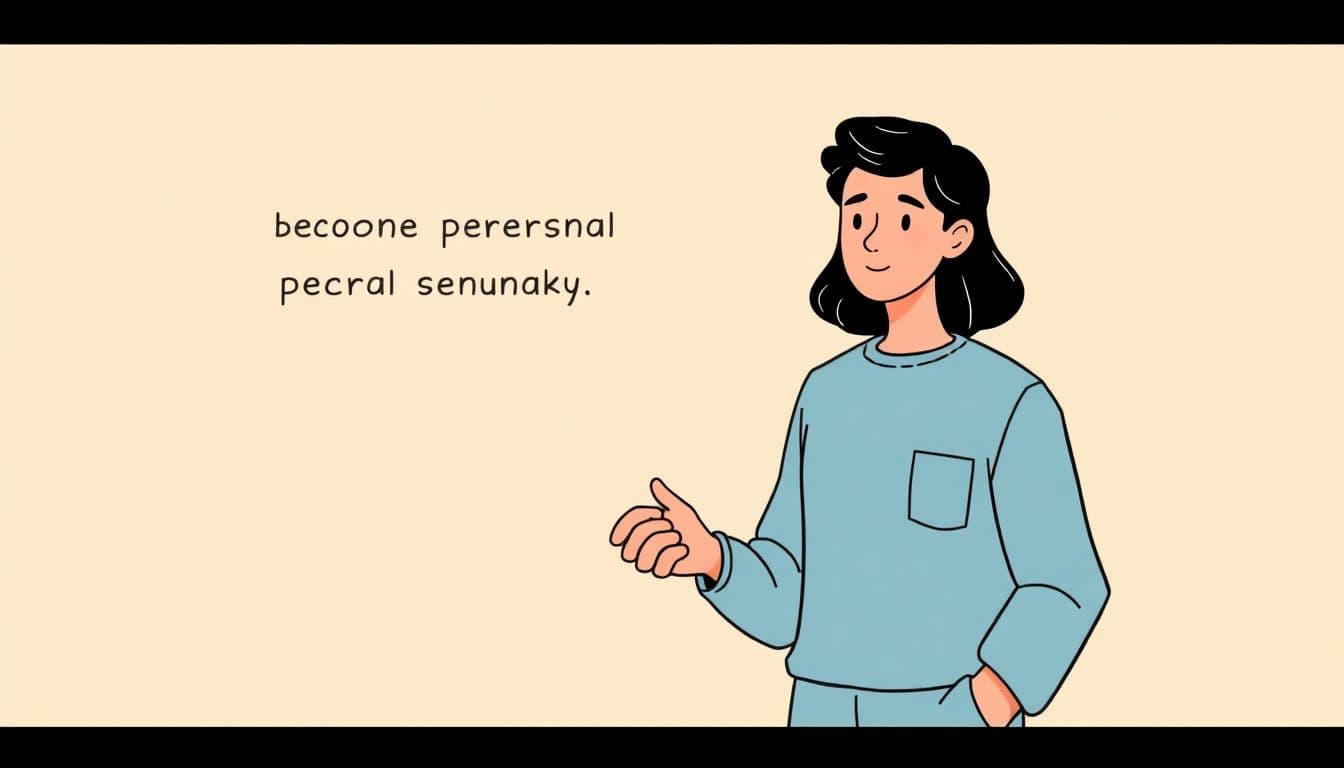Table of Contents
Did you know that tripwire offers typically convert at 1.5% to 3%, yet top funnels reach up to 5%? Mastering these offers can dramatically grow your audience and revenue. Whether you're an author looking to sell more books or a creator aiming to build a loyal following, understanding and implementing effective tripwire strategies is essential for long-term success.
1. Understanding Tripwire Offers for Authors and Creators
1.1. What Is a Tripwire Offer?
A tripwire offer is a low-priced, high-value product designed to turn leads into paying customers quickly. It acts as an entry point into your sales funnel, helping you build trust while generating immediate revenue. For authors and creators, tripwires often include mini-courses, templates, checklists, or exclusive content that directly addresses their audience's needs. Typically priced between $17 and $37, these offers are easy to purchase impulsively, especially when aligned with audience interests. For example, a fantasy novelist might offer a detailed world-building checklist for $17, enticing readers to deepen their engagement.
1.2. Why Tripwires Matter in Your Funnel
Tripwire offers are crucial because they convert a small percentage of visitors into buyers—generally between 1.5% and 3%. The best funnels can reach up to 5%, significantly improving your overall sales volume. They help offset advertising costs, making your marketing more sustainable. Moreover, tripwires serve as a gateway to higher-ticket products, such as coaching, premium courses, or book bundles. For authors struggling with limited book sales, tripwires can diversify income streams and foster ongoing relationships with readers. Effective funnel design, audience targeting, and leveraging digital products tailored to genre and audience needs are essential best practices for maximizing tripwire success, as highlighted in recent industry reports like eBook Market Trends & Statistics 2025.
2. Popular Tripwire Ideas for Authors and Creators
2.1. Digital Products and Mini-Courses
Digital products are among the most effective tripwire formats for authors and creators. Genre-specific mini-courses, such as a "World-Building Masterclass" for fantasy writers or "Character Development Secrets" for romance authors, provide immense value at a low cost. Extracting a core concept from your work or expertise and expanding it into an actionable resource is a proven tactic. For instance, a non-fiction author specializing in productivity might create a mini-course on "30-Minute Daily Planning" priced at $27. These products not only demonstrate your expertise but also nurture leads toward higher-priced offerings like full courses or coaching packages. The price range of $19–$37 balances perceived value and impulse purchase likelihood, making it a sweet spot for most creators.
2.2. Templates, Checklists, and Exclusive Content
Templates and checklists are quick wins for your audience. Done-for-you templates, such as social media content calendars, book marketing plans, or writing prompts, are highly appealing. Checklists tailored to specific tasks—like editing, cover design, or marketing—help your audience streamline their workflow and feel supported. For example, a writing coach might offer a "Self-Editing Checklist" for $17, delivered instantly via download. Exclusive content, such as behind-the-scenes videos or bonus chapters, can also serve as tripwires, especially when combined with a compelling call to action. The key is delivering immediate value that solves a pressing problem, encouraging buyers to trust your expertise and consider bigger purchases later.
2.3. Physical and Book-Based Offers
Physical tripwires like "free plus shipping" offers on books can dramatically boost engagement. For authors, offering a signed paperback or a limited edition book with a small shipping fee increases booking rates up to three times higher than standard funnels. Bonus short stories, character guides, or exclusive artwork can be included to add extra value. For example, a romance novelist might offer a "Free Short Story Collection" as a tripwire, encouraging sign-ups and building rapport. These physical offers create a sense of exclusivity and credibility, paving the way for higher-priced book bundles or coaching programs. Incorporating such offers requires careful logistics planning but can significantly boost your overall marketing ROI.

3. Designing an Effective Tripwire Funnel
3.1. Pricing Strategies and Positioning
Choosing the right price point is critical. Industry data shows that $17, $27, and $37 are the most tested and effective price points for digital tripwires. They strike a balance between perceived value and impulsiveness. For example, a writer might test offering a mini-course at both $17 and $27 to see which converts better. Remember, the goal is to reduce friction—so keep the price low enough to encourage quick decisions but high enough to convey genuine value. Regularly testing and refining your pricing based on conversion data ensures optimal results. Using tools like A/B testing on landing pages can help identify the most effective price points.
3.2. Creating Irresistible Offers
Your tripwire must directly address a specific, urgent problem your audience faces. For writers, that might mean creating a guide on overcoming writer’s block or a checklist for launching a successful book campaign. Delivering genuine value builds trust and encourages future purchases. Tailoring offers to genre-specific needs enhances relevance. For example, a mystery author might offer a "Plot Twist Worksheet," which addresses a common pain point—keeping readers engaged. Clear, compelling copy emphasizing the benefits and results helps improve conversions. Highlighting testimonials or previews within your landing page increases perceived credibility. Remember, the more relevant and valuable your offer, the higher your conversion rates.
3.3. Technical Setup and Automation
Setting up a tripwire funnel can take 40–60 hours if done manually, especially when integrating payment processors, email automation, and analytics. Using dedicated funnel-building tools like ClickFunnels, Leadpages, or Thrive Themes speeds up the process significantly. Automating follow-up sequences ensures that every buyer is nurtured toward your higher-tier offers without manual effort. For instance, after a purchase, an automated email sequence can deliver additional resources, gather feedback, or promote your main products. Proper integration with email marketing platforms like Mailchimp or ActiveCampaign allows for segmentation and personalized messaging, boosting conversion rates. For authors, leveraging automation reduces workload and ensures consistent customer experience, ultimately increasing lifetime customer value.
4. Best Practices & Optimization Tips
4.1. Audience Targeting and Relevance
Segmenting your audience based on interests, genre, or engagement levels allows you to craft highly relevant tripwire offers. For example, a science fiction author might target readers interested in space exploration with a "Galactic World-Building Checklist," while a self-help coach offers a "Daily Affirmation Template" to those interested in personal development. Ensuring the offer aligns with your audience’s core needs increases the likelihood of conversion. Use audience insights from your email list, social media, or website analytics to refine your targeting. Relevance boosts trust, encourages sharing, and results in higher sales. Additionally, leveraging genre-specific content, like a romance author offering a "Character Backstory Guide," makes your offer resonate more deeply.
4.2. Landing Page and Copy Optimization
Your landing page is the critical point of conversion. Use compelling headlines that clearly state the benefit, such as "Boost Your Book Sales with This Simple Checklist." Incorporate testimonials, previews, or sample content to build credibility. Bullet points highlighting key benefits make the offer easy to scan. Use a strong call-to-action (CTA) button with action-oriented text like "Get Instant Access" or "Download Now." Regularly test different layouts, copy, and images to improve performance. Tools like Hotjar or Google Optimize can help track user behavior and identify areas for improvement. The goal is to make the process as frictionless as possible, reducing drop-off rates and increasing conversions.
4.3. Analyzing and Improving Conversion Rates
Monitoring analytics is vital. Track metrics like click-through rates, conversion rates, and average order value to identify bottlenecks. Use heatmaps and user session recordings to understand visitor behavior on your landing pages. Based on data, refine your offers—perhaps a different price point, copy, or design. Aim for industry benchmarks: 1.5%–3% conversion rate is typical, but top funnels can reach 5%. Consistent testing and iteration are key. For example, swapping out a headline or adjusting pricing can lead to significant improvements. Remember, small tweaks often produce big results in conversion optimization.
5. Common Challenges & How to Overcome Them
5.1. Technical and Setup Difficulties
Many creators find funnel setup time-consuming, often requiring 40–60 hours to get fully operational, especially when integrating multiple platforms. To reduce this burden, consider using specialized tools like Book Publisher Platform or hiring professionals familiar with funnel creation. Prioritize simplicity—start with a straightforward funnel and scale as you learn what works best. Automating as much as possible saves time and reduces errors. Remember, a well-optimized but simple funnel often outperforms a complex, buggy one.
5.2. Low Conversion Rates
If your tripwire isn’t converting well, focus on refining your targeting and relevance. Review your landing page copy, images, and CTA to ensure they clearly communicate value. Use testimonials or previews to build trust. For example, including a sample chapter or a short video explaining the offer can boost engagement. Testing different price points, headlines, and page layouts using split tests can reveal what resonates best. Remember, even small improvements can significantly increase your conversion rate, moving closer to the industry standard of 1.5%–3%.
5.3. Building Audience Trust
Trust is the foundation for any successful funnel. Offer genuine value, be transparent about what buyers will receive, and deliver on promises. Social proof, such as testimonials from satisfied customers or beta testers, reassures visitors. Sharing success stories or case studies demonstrates your credibility. Consistently delivering high-quality content and engaging authentically with your audience builds long-term trust, making future sales more likely. For example, a creator might share behind-the-scenes videos or host Q&A sessions to foster community and trust.

6. Emerging Trends & Industry Standards
6.1. AI and Personalization
AI-powered funnel builders and analytics tools are transforming tripwire marketing. Personalized offers based on user behavior—such as browsing history or engagement level—boost conversion rates. For instance, if a reader shows interest in fantasy novels, your funnel can automatically suggest related mini-courses or templates. Tools like AI Market Research Tool help identify profitable niches quickly, ensuring your tripwire aligns perfectly with audience interests. AI-driven personalization makes your marketing more relevant and efficient, often leading to higher conversion rates.
6.2. Content Integration & Social Media
Seamless integration with social media and content platforms allows for more effective lead generation. Promoting your tripwire through Instagram, TikTok, or YouTube can attract highly targeted audiences. Embedding lead capture forms directly on social profiles or within content increases engagement. Additionally, using social proof—like testimonials or user-generated content—builds credibility. Funnels that connect smoothly with platforms like Facebook Ads or YouTube ads ensure a frictionless experience, boosting overall conversion rates. For authors, leveraging platforms like Book Publisher Platform can streamline showcasing your work and capturing leads effectively.
6.3. Benchmark Conversion Rates
Industry data consistently shows that standard tripwire funnels convert at 1.5%–3%. However, top-performing funnels can reach 5%, primarily through targeted offers, compelling copy, and automation. Knowing these benchmarks helps you set realistic goals and measure progress. Regularly analyzing your funnel’s performance and implementing incremental improvements can push your conversion rates higher. Testing different price points, headlines, and offers is essential for optimization. Remember, the key is continuous improvement—small tweaks over time lead to significant gains.
7. Final Tips for Success with Tripwire Offers
7.1. Focus on Value & Trust
Your tripwire must genuinely help your audience solve a problem. Deliver high-quality, actionable content that exceeds expectations. Building credibility through testimonials, previews, and transparent communication encourages repeat business. For example, a creator offering a "Content Planning Template" should include clear instructions and bonus tips to maximize perceived value. Authenticity is crucial—avoid overhyping and focus on real benefits. Trust leads to higher conversions and long-term customer loyalty.
7.2. Continuous Testing & Optimization
Always experiment with pricing, copy, design, and offers. Use analytics tools to track performance metrics such as click-through and conversion rates. Small changes, like tweaking your headline or CTA button, can dramatically improve results. Establish a routine for testing and refining your funnels—think of it as a continuous process of improvement. Over time, optimizing your tripwire ensures maximum ROI and helps you stay ahead of competitors.
7.3. Long-Term Audience Building
Use tripwires as entry points to nurture relationships. Develop automated sequences that deliver additional value, promote higher-ticket products, and gather feedback. Prioritize lifetime customer value over immediate sales. For example, after a tripwire purchase, send a series of helpful emails, exclusive content, or invites to webinars. This approach builds loyalty and increases the likelihood of upselling. Remember, the goal isn’t just one sale but cultivating a loyal community that supports your work over time.
Key Takeaways
- Tripwire offers are low-priced, high-value products that convert leads into buyers effectively.
- Optimal pricing points are typically $17, $27, and $37, balancing perceived value and impulse buying.
- Genre-specific tripwires, like world-building guides or character backstories, increase relevance and conversions.
- Popular formats include mini-courses, templates, checklists, and exclusive digital content.
- Physical offers, like signed books or bonus stories, can significantly boost engagement and trust.
- Designing a high-converting funnel involves strategic pricing, compelling offers, and seamless automation.
- Audience segmentation and relevance are key for maximizing tripwire success.
- Landing page optimization with clear headlines, testimonials, and strong CTAs improves results.
- Regular analysis and testing are essential to reach and exceed industry benchmarks.
- Automation reduces workload and nurtures leads toward higher-value products over time.
- Emerging AI tools enable personalization and streamline funnel creation, increasing efficiency.
- Social media integration helps expand reach and drive targeted traffic.
- Focus on delivering authentic value to build trust and long-term relationships.
- Continuous testing and iteration are the keys to maximizing tripwire effectiveness.
Mastering tripwire offers is a game-changer for authors and creators. By carefully selecting relevant products, optimizing your funnels, and nurturing your audience, you can significantly increase your revenue and impact. Remember, the goal isn’t just immediate sales but building a loyal community that grows with you. Start testing different ideas today, and watch your audience—and income—expand!




